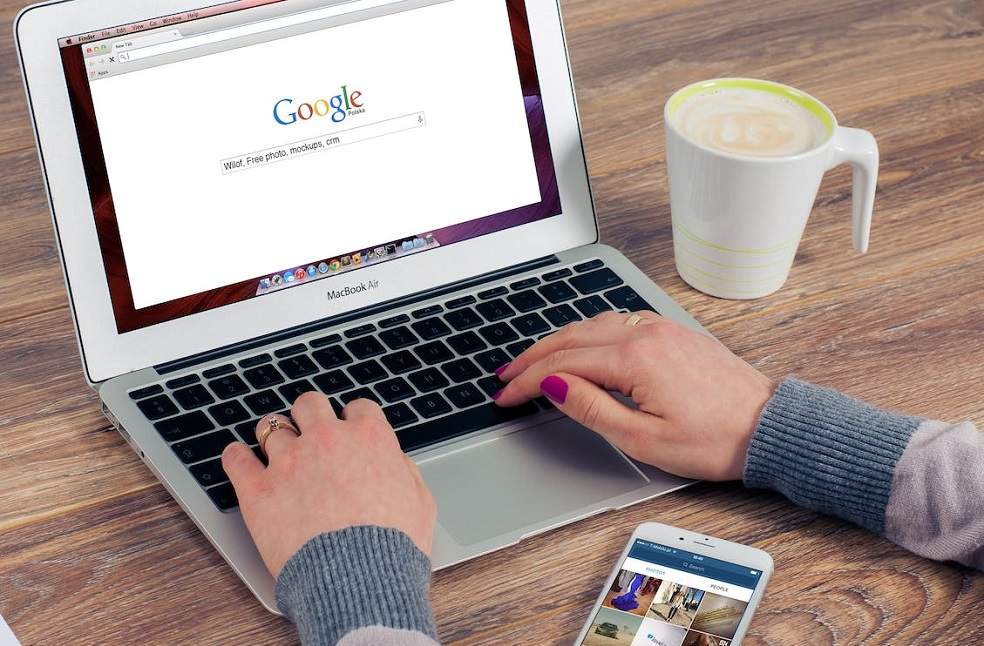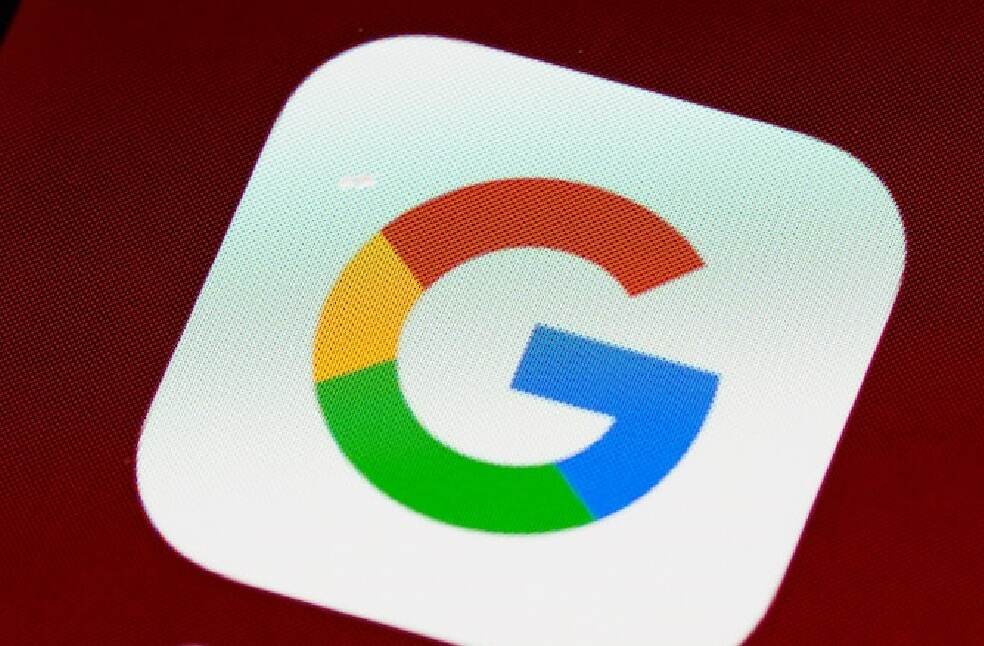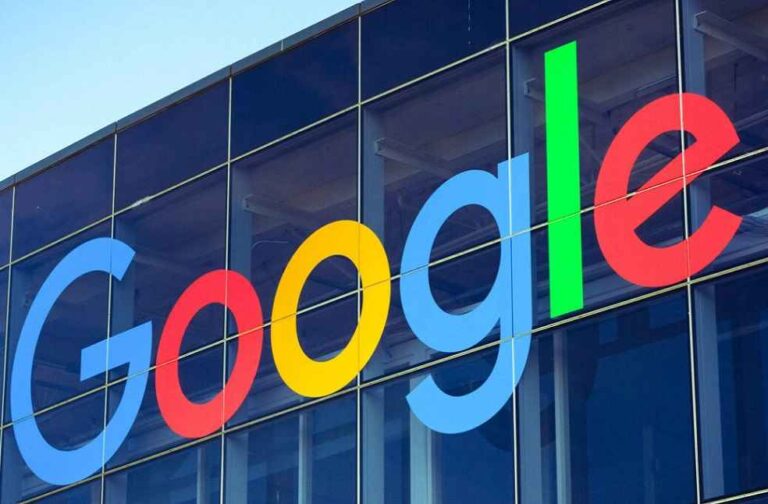New York: American tech giant Google will begin deleting millions of Gmail accounts next month. The company stated that it will deactivate accounts that have not been used or logged in for at least two years under the new policy.
In a blog post, Google remarked that their new inactive account policy will take effect on December 1, 2023. All files from Gmail, Docs, Drive, Meet, Calendar, YouTube, and Google Photos will be removed from inactive accounts. Google’s updated inactive account policy represents a substantial change in contrast to its 2020 statement, which said that it would merely remove content from inactive accounts without deleting the accounts themselves.
Google is deleting its inactive accounts to protect users from security threats. According to the company, inactive accounts are more susceptible to compromise because they are not in active use or monitoring, and users are more likely to employ old or reused passwords.

“Even with these protections (security tools offered by Google), if an account hasn’t been used for an extended period, it is more likely to be compromised,” Google commented.
Following its own analysis, the company said that inactive accounts are also at least ten times less likely to have two-step verification set up, as opposed to active accounts.
This is because forgotten or unattended accounts often rely on old or re-used passwords that may have been compromised. These accounts often lack two-factor authentication setup and receive fewer security checks from the user.

To safeguard your Google Account from deletion, you should note that the new policy only applies to personal Google Accounts, not to accounts associated with organizations such as schools or businesses.
If you want to reactivate an inactive Google Account, you can log in or follow the instructions in the email from Google. The company has also listed specific things you can do to keep your account active, such as reading or sending an email, using Google Drive, watching a YouTube video, downloading an app from the Google Play Store, searching on Google, or using ‘Sign in with Google’ for third-party apps or services.



